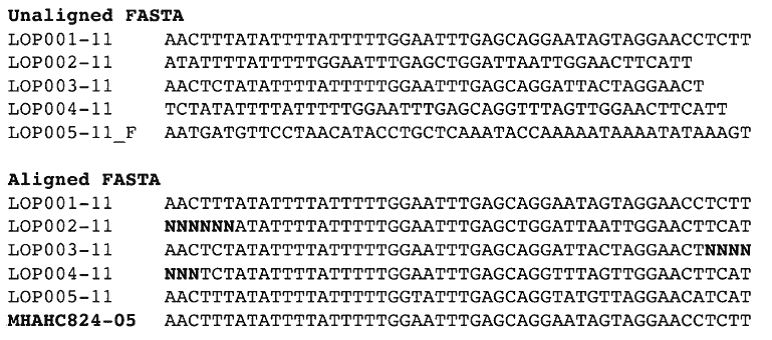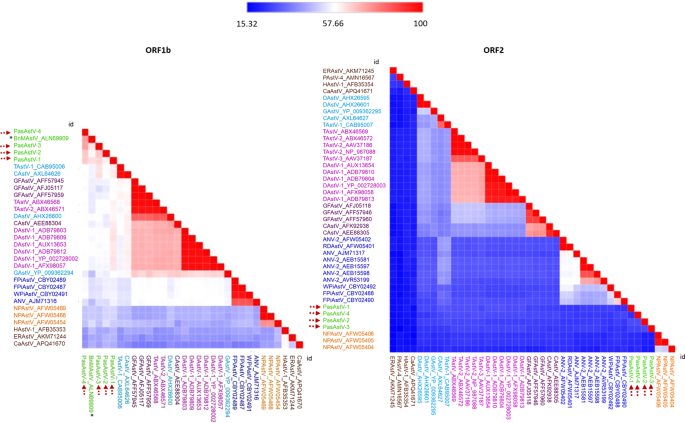

Common ancestry explains excess similarity (other explanations require similar structures to arise independently) thus excess similarity implies common ancestry. We infer homology when two sequences or structures share more similarity than would be expected by chance when excess similarity is observed, the simplest explanation for that excess is that the two sequences did not arise independently, they arose from a common ancestor. The concept of homology – common evolutionary ancestry – is central to computational analyses of protein and DNA sequences, but the link between similarity and homology is often misunderstood. This introduction first discusses how homology is inferred from significant similarity, and how those inferences can be confirmed, and then considers strategies that connect homology to more accurate functional prediction. The inference of functional similarity from homology is more difficult, both because functional similarity is more difficult to quantify, and because the relationship between homology (structure) and function is complex. While similarity searching is an effective and reliable strategy for identifying homologs – sequences that share a common evolutionary ancestor – most similarity searches seek to answer a much more challenging question: "Is there a related sequence with a similar function?". The units in this chapter present practical strategies for identifying homologous sequences in DNA and protein databases (units 3.3, 3.4, 3.5, 3.9, 3.10) once homologs have been found, more accurate alignments can be built from multiple sequence alignments (unit 3.7), which can also form the basis for more sensitive searches, phenotype prediction, and evolutionary analysis.

Similarity searching is effective and reliable because sequences that share significant similarity can be inferred to be homologous they share a common ancestor. (1997) units 3.3 and 3.4), PSI-BLAST ( Altschul et al., 1997), SSEARCH ( Smith and Waterman (1981) Pearson (1991), unit 3.10), FASTA ( Pearson and Lipman (1988) unit 3.9) and the HMMER3 ( Johnson et al., 2010) programs produce accurate statistical estimates, ensuring protein sequences that share significant similarity also have similar structures. Widely used similarity searching programs, like BLAST ( Altschul et al.

Modern protein sequence databases are very comprehensive, so that more than 80% of metagenomic sequence samples typically share significant similarity with proteins in sequence databases. Sequence similarity searching to identify homologous sequences is one of the first, and most informative, steps in any analysis of newly determined sequences. AN INTRODUCTION TO IDENTIFYING HOMOLOGOUS SEQUENCES


 0 kommentar(er)
0 kommentar(er)
